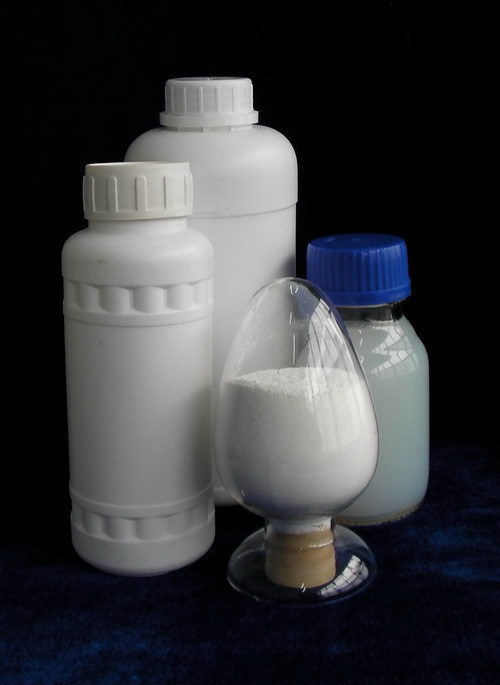Ceramic specific nano zinc oxide CY-JH04 Jiupeng
Ceramic specific nano zinc oxide CY-JH04 Jiupeng
Ceramic specific nano zinc oxide CY-JH04 Jiupeng
- Detail
- Parameters
陶瓷专用纳米氧化锌 |
产品型号:CY-JH04 |
Hangzhou Jiupeng New Materials
Nano zinc oxide is an important ceramic chemical flux raw material, especially in the use of building ceramic wall and floor tile glaze and low-temperature ceramic materials. It is also widely used in artistic ceramic glaze.
Nano zinc oxide has a strong melting aid effect in glaze, which can reduce the expansion coefficient of the glaze, improve the thermal stability of the product, and increase the gloss and whiteness of the glaze surface, thereby improving the elasticity of the glaze. While expanding the melting range, it can also increase the luster of the glaze color. However, it is not suitable to use in black glaze containing chromium.
Technical indicators:
project
index
model
CY-JH04
appearance
White powder
Purity%
≥99.9%
Drying reduction%
≤0.3
Burn reduction%
≤0.2
Average particle size nm
30±10
PbO as Pb%
≤0.0001
MnO as Mn%
≤0.0001
CuO as Cu%
≤0.0002
Application scope:
Used as a flux: When nano zinc oxide is used as a solvent in low-temperature frit glaze, the general dosage is between 1% -2%, and the dosage in low-temperature raw glaze is usually about 1.5%.
Used as an opacifier: Adding nano zinc oxide to glazes containing high levels of nano A1203 can improve the opacity of the glaze surface. Because nano zinc oxide can form zinc spinel and ZnO A1203 crystals with nano A1203, A1203 can improve the whiteness and opacity of the glaze in zinc containing opaque glaze. ZnO can improve the gloss of the glaze.
Used as a crystallization agent: In artistic glaze crystallization, nano zinc oxide is an indispensable crystallization agent. When the glaze is rapidly cooled, it forms larger crystal patterns, which are very beautiful. In crystalline glaze, the amount of nano zinc oxide can reach 10-20%.
Used to make cobalt sky blue glaze: Nano zinc oxide is a very important flux in cobalt sky blue glaze, which can make cobalt oxide form a beautiful sky blue in the glaze.
Used as a ceramic pigment: Due to its strong melting aid, nano zinc oxide can be used as a rib flux, mineralizer, and glaze carrier for ceramic pigments.
The following points should also be noted when using nano zinc oxide: it must undergo high-temperature calcination before use, with a calcination temperature of around 1200 ℃. If it is not calcined and directly added to the raw glaze, it will affect the process performance of the glaze. There is no need to calcine when adding to the frit material. Excessive use of nano zinc oxide in glaze will affect the gloss of the glaze. Nano zinc oxide has a negative impact on certain colored glazes, especially chrome glazes.
